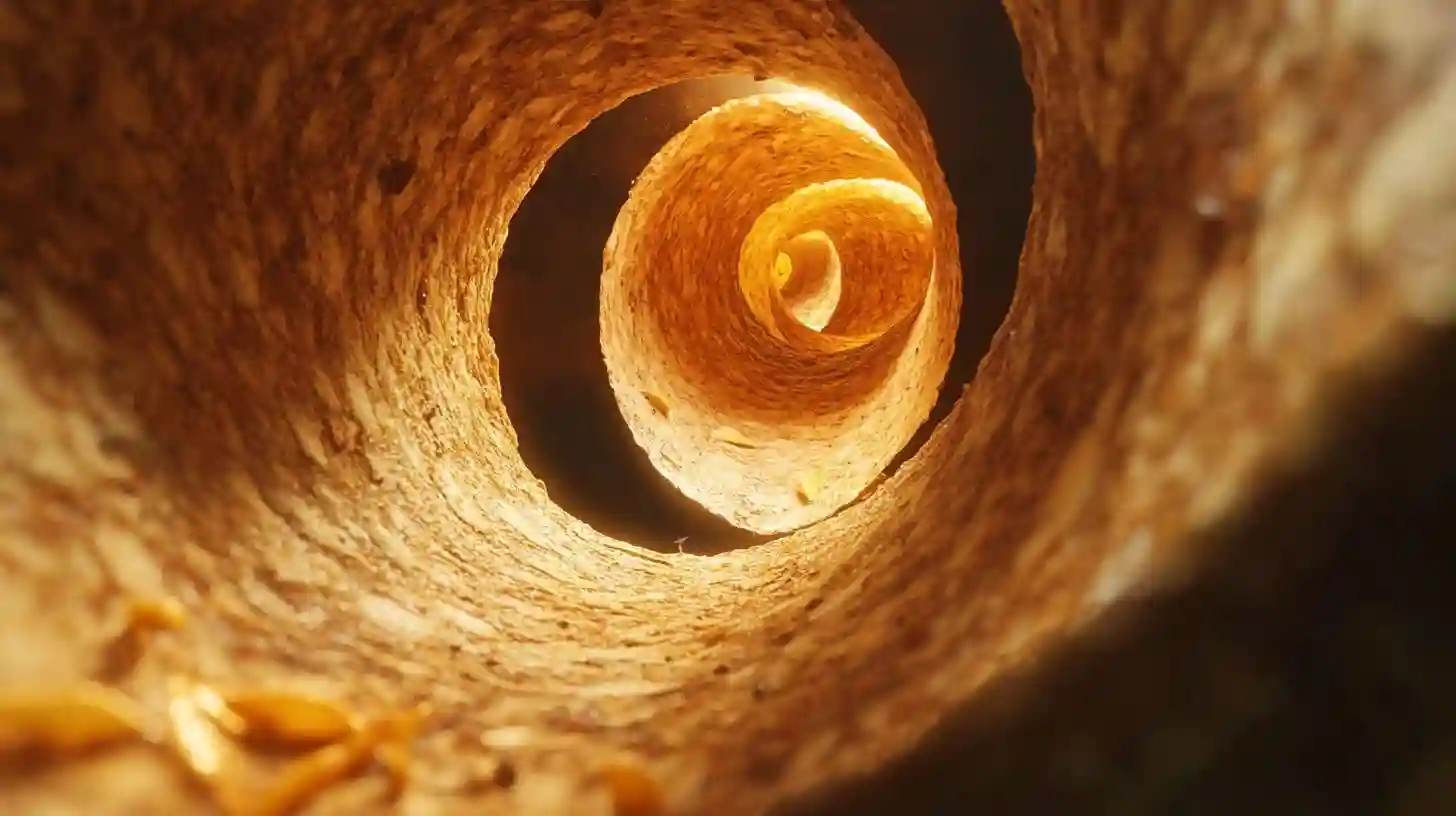
Bananas are classified as berries, while strawberries are not. This surprising twist in fruit classification stems from botanical definitions, where true berries come from a single ovary. Bananas fit this criterion, but strawberries, which develop from multiple ovaries, do not. Understanding these classifications can change our perceptions of these common fruits.
### Bananas vs. Strawberries: The Curious Case of Berries
In the delightful world of fruits, a curious classification may surprise you: bananas are classified as berries, while strawberries are not. This seemingly odd fact highlights the intricacies of botanical definitions and challenges our conventional understanding of what berries truly are. To grasp this unusual classification, one must delve into definitions, growth processes, and biology.
**Botanical Definitions**
Botanically, a berry is defined as a fruit produced from the ovary of a single flower with seeds embedded in its flesh. This differs from the everyday understanding, which often includes any small, juicy fruit that is typically round and sweet. By adhering to botanical definitions, we uncover surprising classifications.
Bananas originate from several species within the genus *Musa*, cultivated primarily for their fruit. Under botanical criteria, bananas fit the definition of berries perfectly. Each banana develops from a flower with a single ovary, resulting in a fleshy fruit containing tiny seeds embedded in the pulp. Interestingly, the seeds in cultivated bananas are so underdeveloped that they remain nearly imperceptible to the casual eater. Centuries of selective breeding aimed at producing seedless fruit have contributed to this pervasive sterility, allowing consumers to enjoy the creamy texture without the distraction of large seeds.
**The Development of Bananas**
The development of bananas from flower to fruit is a fascinating process. The banana plant’s flower includes both male and female structures. Initially, male flowers bloom, producing pollen for fertilization. Subsequently, the female flowers develop and eventually give rise to the fruit. The banana grows in clusters called "hands," while each individual banana is referred to as a "finger." This morphology enhances its classification as a true berry.
**Strawberries: A Different Story**
In contrast lies the strawberry, a beloved red fruit. While strawberries are often associated with berries because of their name and characteristics, they do not fit the botanical definition. Strawberries originate from a flower with multiple ovaries, each capable of developing into a separate fruit. Notably, the fleshy part consumed is not derived from the ovary but from the flower's receptacle. The small seeds visible on the surface, known as achenes, are the true fruits, each containing a seed.
This discrepancy between culinary and botanical classifications invites deeper exploration into the world of fruits. While strawberries evoke sweetness and visual allure, they defy the common label of "berry" due to their unique biological characteristics.
**Wider Implications**
The biological classification of fruits extends beyond mere curiosity; it holds importance in agriculture, biodiversity, and ecosystem dynamics. Understanding fruit classifications can enhance ecological studies and conservation efforts and enrich culinary practices, including food pairings and flavor profiles.
In terms of culinary delights, bananas and strawberries showcase nature's rich diversity. Bananas, with their creamy sweetness, serve as convenient snacks and are integral to recipes ranging from smoothies to baked goods. Strawberries, on the other hand, evoke bright tastes, perfect for salads and desserts. Their seasonality adds excitement to culinary traditions, inviting experimentation.
In conclusion, the surprising classification of bananas as berries while strawberries are not encourages curiosity and invites discussions about food and nature. Understanding the origins and classifications of the food we consume enriches our appreciation for biodiversity and the ecosystems that support it. With this delightful fact, we are reminded to embrace the wonders of the natural world and to cultivate a deeper relationship with the foods on our plates.
Technology Blog





















